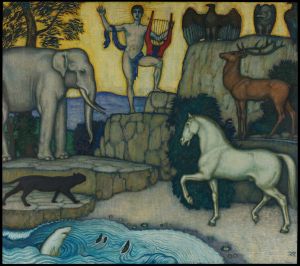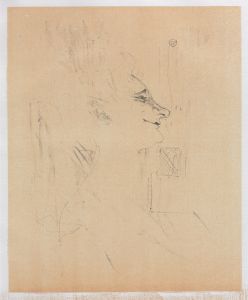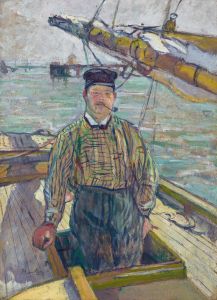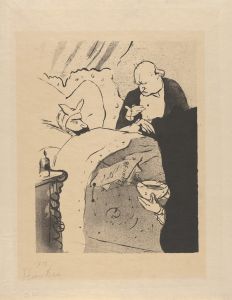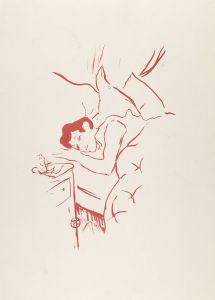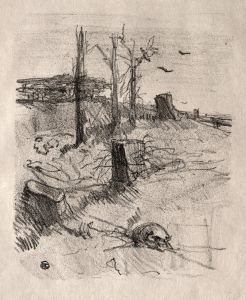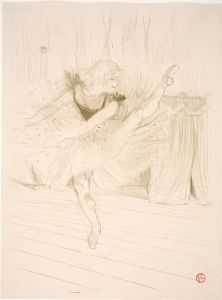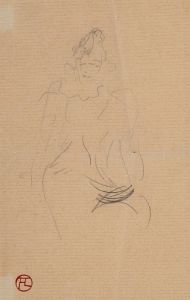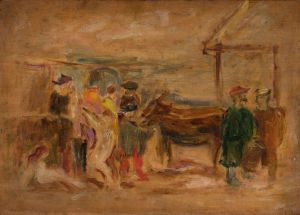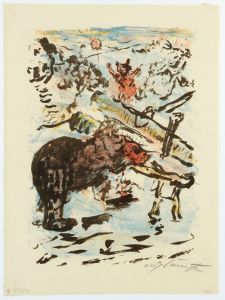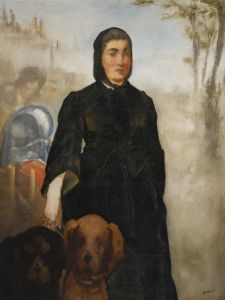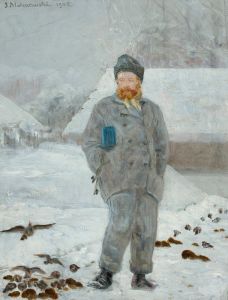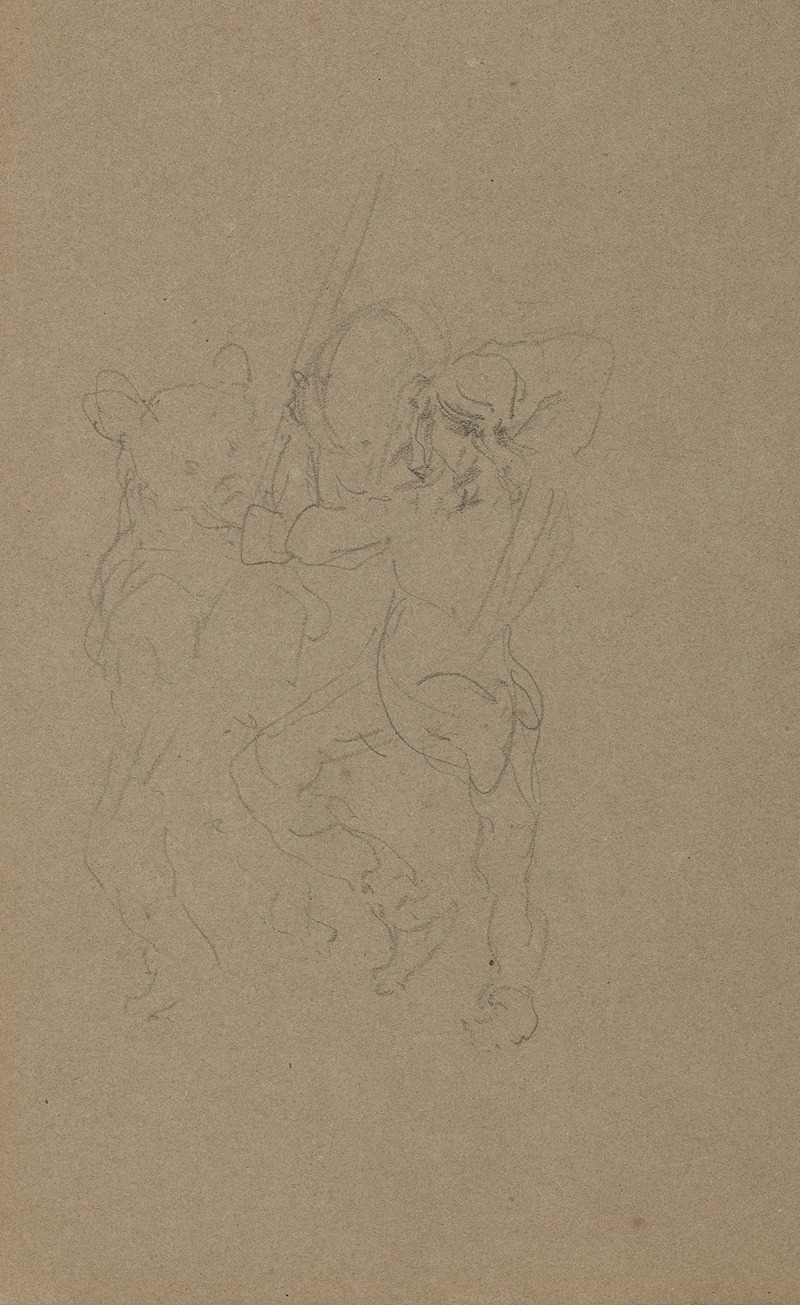
Ours et dompteur
A hand-painted replica of Henri de Toulouse-Lautrec’s masterpiece Ours et dompteur, meticulously crafted by professional artists to capture the true essence of the original. Each piece is created with museum-quality canvas and rare mineral pigments, carefully painted by experienced artists with delicate brushstrokes and rich, layered colors to perfectly recreate the texture of the original artwork. Unlike machine-printed reproductions, this hand-painted version brings the painting to life, infused with the artist’s emotions and skill in every stroke. Whether for personal collection or home decoration, it instantly elevates the artistic atmosphere of any space.
Henri de Toulouse-Lautrec, a prominent French painter, printmaker, and illustrator, is renowned for his vivid portrayals of the bohemian lifestyle in late 19th-century Paris. Among his diverse body of work, "Ours et dompteur" (translated as "Bear and Trainer") is one of his lesser-known pieces. Toulouse-Lautrec's oeuvre is characterized by its dynamic composition, expressive use of color, and keen observation of human and animal subjects, all of which are evident in this particular work.
"Ours et dompteur" was created during a period when Toulouse-Lautrec was deeply immersed in the vibrant and often chaotic world of Parisian entertainment. This painting reflects his fascination with the circus and performance arts, a theme that recurs throughout his career. The piece captures a moment of interaction between a bear and its trainer, a subject that allows Toulouse-Lautrec to explore the relationship between humans and animals, as well as the spectacle of performance.
The composition of "Ours et dompteur" is dynamic, with the figures of the bear and trainer positioned in a way that suggests movement and tension. Toulouse-Lautrec's use of line and color is particularly noteworthy; his bold outlines and contrasting hues create a sense of immediacy and drama. The bear, a powerful and imposing figure, is rendered with a sense of weight and presence, while the trainer is depicted with a sense of agility and control. This juxtaposition highlights the precarious balance of power and trust inherent in their relationship.
Toulouse-Lautrec's interest in the circus and its performers was part of a broader fascination with the marginalized and unconventional aspects of society. He was drawn to the world of the circus not only for its visual spectacle but also for its ability to reveal the complexities of human nature. In "Ours et dompteur," this interest is evident in the way he captures the nuances of the trainer's interaction with the bear, suggesting both mastery and vulnerability.
The painting also reflects Toulouse-Lautrec's innovative approach to composition and perspective. His ability to convey depth and movement within a confined space demonstrates his mastery of the medium. The viewer is drawn into the scene, becoming a spectator to the unfolding drama. This immersive quality is a hallmark of Toulouse-Lautrec's work, inviting the audience to engage with the subject matter on a deeper level.
While "Ours et dompteur" may not be as widely recognized as some of Toulouse-Lautrec's other works, it is a testament to his skill as an observer and interpreter of the world around him. The painting offers insight into the artist's unique perspective on the relationship between humans and animals, as well as his broader commentary on the nature of performance and spectacle.
In summary, "Ours et dompteur" is a compelling example of Henri de Toulouse-Lautrec's ability to capture the essence of his subjects with both sensitivity and dynamism. Through his distinctive style and keen observational skills, Toulouse-Lautrec provides a window into the world of the circus, revealing the intricate dance between man and beast. This work, like much of his art, continues to resonate with audiences, offering a glimpse into the vibrant and often tumultuous world of 19th-century Parisian life.






